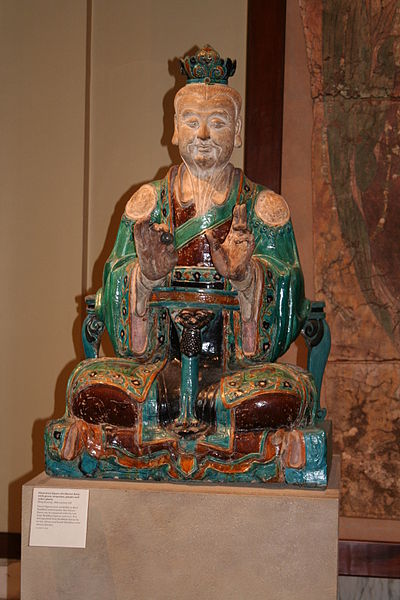Xuanxue, sometimes called Neo-Daoism (Neo-Taoism), is a metaphysical post-classical Chinese philosophy from the Six Dynasties (222-589), bringing together Taoist and Confucian beliefs through revision and discussion. The movement found its scriptural support both in Taoist and drastically reinterpreted Confucian sources. Xuanxue, or "Mystic Learning", came to reign supreme in cultural circles, especially at Jiankang during the period of division. The concept represented the more abstract, unworldly, and idealistic tendency in early medieval Chinese thought. Xuanxue philosophers combined elements of Confucianism and Taoism to reinterpret the I Ching, Daodejing and Zhuangzi.
Distribution of philosophical ideologies (Jingxue and Xuanxue) during the Northern and Southern Dynasties
Chinese philosophy originates in the Spring and Autumn period and Warring States period, during a period known as the "Hundred Schools of Thought", which was characterized by significant intellectual and cultural developments. Although much of Chinese philosophy begun in the Warring States period, elements of Chinese philosophy have existed for several thousand years. Some can be found in the I Ching, an ancient compendium of divination, which dates back to at least 672 BCE.
Yin and Yang symbol with the bagua symbols paved in a clearing outside of Nanning City, Guangxi province, China
Kong Fuzi (Latin: Confucius)
Chinese glazed stoneware statue of a Daoist deity, from the Ming dynasty, 16th century
The Sakyamuni Buddha, by artist Zhang Shengwen, 1173–1176 CE, Song dynasty





